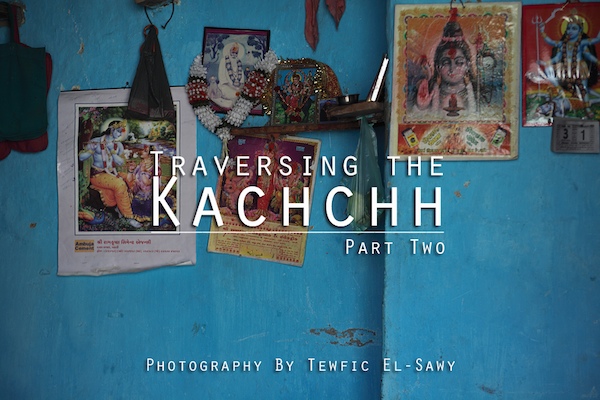Foreign Policy Magazine has featured an interesting photo/graphical essay on the war in Afghanistan. It's titled Inside Talibanistan, and effectively makes the point that our "enemies" are not a monolithic entity, but a combination of disjointed groups with different agendas and ideologies.
According to our media and politicians, who have the talent of diminishing everything down to simplistic terms in the hope of further dumbing down its viewers, listeners, constituents and readers, we are fighting against the "Taliban"...the problem is that the Taliban (as defined by our talking heads, politicians and their cronies) doesn't exist as such.
In FP's feature, I've counted 10 groups ranging from Al-Qaeda to some group called Haqqani Network, and added up the estimated members of these groups. Most of them are obviously estimates, but a total of 100,000 seems to be a reasonable one. Possibly included in these numbers are insurgents fighting against an occupying foreign force propping up a deeply unpopular corrupt government....and others who want nothing but power.
To put this in perspective, here's Cost of War which runs a counter for how much the wars in Iraq and Afghanistan are costing us. It's an estimated $1.1 trillion to date.
We would have been so much better off by creating jobs, building modern infrastructure, state of the art trains and airports, new schools, invest in medical research, in alternative energy sources...and taking on China's growing economic power. My politics are diametrically opposed to the Republican Party and its legitimate and illegitimate spawns, but this ad by one of its affiliated group did strike a chord with me....yes, it's obviously over the top but there's still a kernel of truth in it. We are losing ground very quickly to China. (The video is via FP).













































